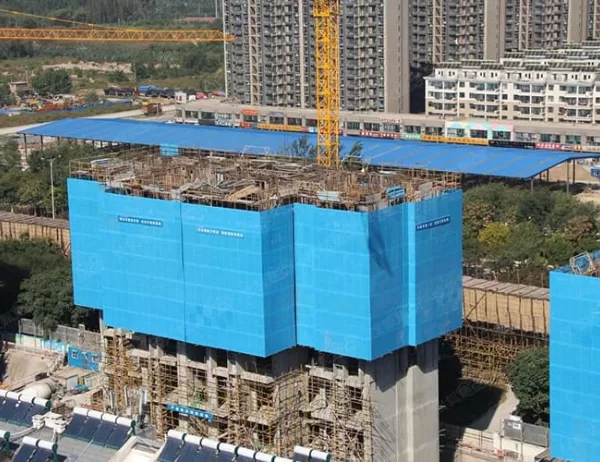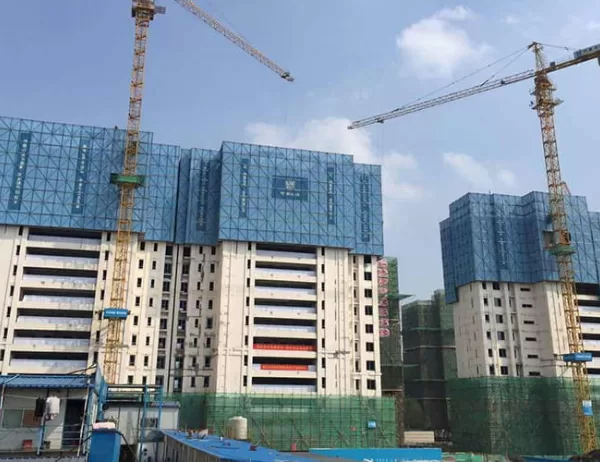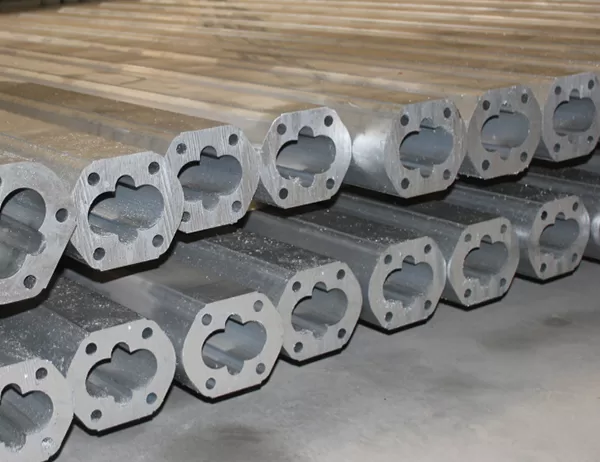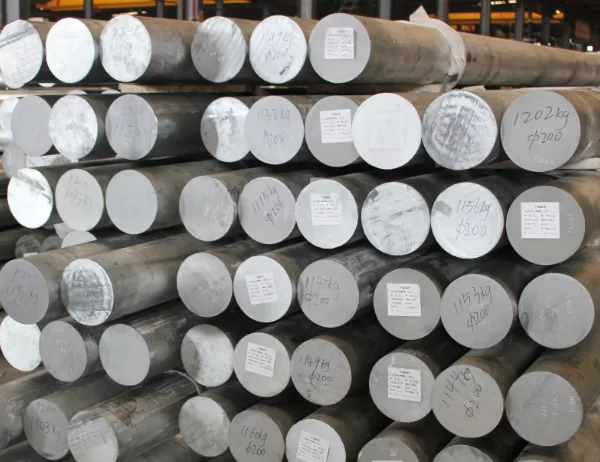Aluminum heat sinks have become increasingly popular in high-temperature environments due to their superior heat-conducting properties, lightweight nature, and cost-effectiveness compared to other materials. However, the use of aluminum in heat sinks also comes with its own set of challenges. In this article, we will explore the challenges of using aluminum heat sinks in high-temperature environments and provide solutions to overcome these challenges.
Challenges of Using Aluminum Heat Sinks in High-Temperature Environments:
Corrosion: Aluminum is prone to corrosion in high-temperature environments, particularly when exposed to acidic or alkaline substances. This can lead to a decrease in the heat sink’s performance and lifespan.
Durability: In high-temperature environments, aluminum can become soft and deformable, reducing its strength and durability. This can lead to a decrease in the heat sink’s performance and potential failure.
Thermal Expansion: As aluminum heat sinks are used in high-temperature environments, they expand at a different rate than when used at room temperature. This can lead to a decrease in the heat sink’s performance and potential failure.
Solutions to Overcome Challenges:
Corrosion: To overcome corrosion, aluminum heat sinks can be coated with a layer of protective material, such as a ceramic or metal coating. This can prevent aluminum from coming into contact with acidic or alkaline substances and reduce the risk of corrosion.
Durability: To increase the durability of aluminum heat sinks in high-temperature environments, they can be designed with reinforcements, such as a copper or steel core, to provide additional support and prevent deformation.
Thermal Expansion: To overcome thermal expansion, aluminum heat sinks can be designed with flexible materials, such as silicone, that can expand and contract with the aluminum without causing damage. This can help maintain the heat sink’s performance and prevent potential failure.
Conclusion: Aluminum heat sinks are a cost-effective and versatile solution for high-temperature environments. However, they come with their own set of challenges, particularly related to corrosion, durability, and thermal expansion. By implementing solutions, such as coatings, reinforcements, and flexible materials, these challenges can be overcome, and aluminum heat sinks can continue to provide effective performance in high-temperature environments.
If you are looking to purchase aluminum heat sinks for your high-temperature application, our team of engineers, designers, and technicians can help you create a solution that meets your needs. Contact us today to learn more about our custom aluminum extrusion services for heat sinks.




